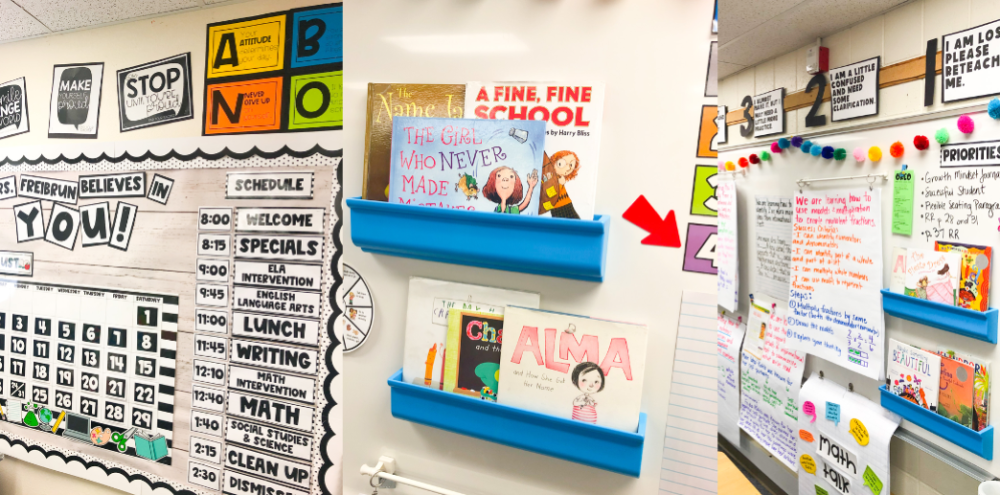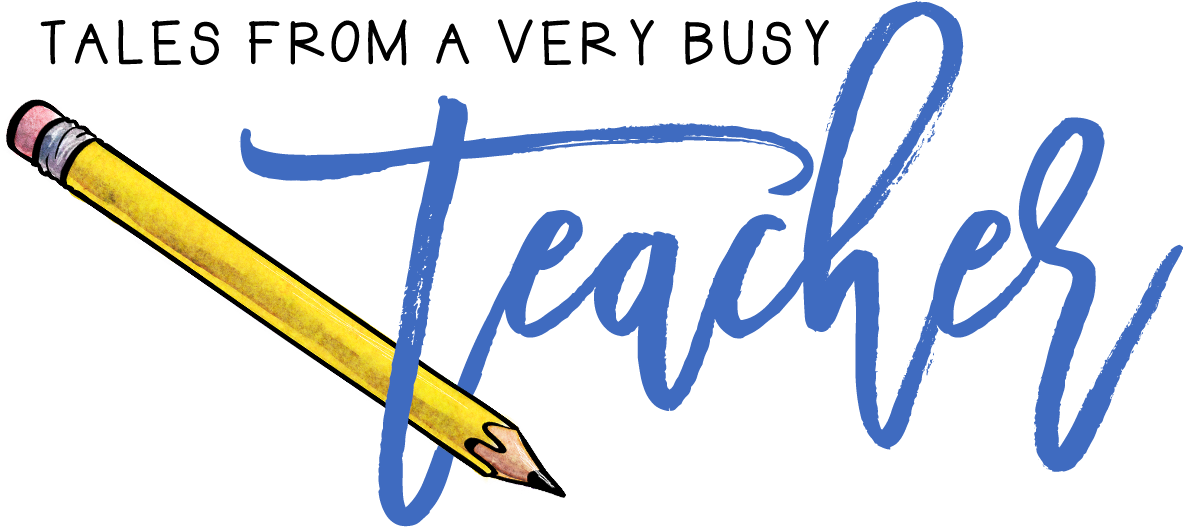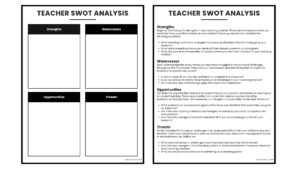
My family and I made the move from Southern California to Idaho in the summer of 2020. Our only regret is not moving sooner!
You can read more here about our story and the process of how I began teaching in Idaho.
I wanted to follow up with another blog post since I now have experience in teaching both in California and Idaho.
I taught in California for over 10 years. I had the experience of teaching in private schools as well as public schools. I taught in Idaho for one year and saw many differences right away.
Here are five things to keep in mind as you make the switch from teaching in California to Idaho.
Tenure, Right to Work, and Evaluations
There is no tenure in Idaho. It’s a right-to-work state, so that means your contract can be terminated at the end of the school year. You also cannot leave your teaching contract in the middle of the school year because you’d be in breach of contract. This is something that can also happen in California schools, but Idaho school districts can report you to the state department and you’d be in jeopardy of losing your teaching license. It’s important to keep that in mind as you search for teaching jobs. Evaluations also happen quite frequently in Idaho. Again, this depends on the district, but some administrators walk through once to twice a week. If you have strong administrators, they’d give you effective feedback or just come in to leave you a positive note. Sometimes administrators can walk in with iPads and evaluate you right on the spot. These all go into your file and become part of your portfolio at the end of the school year. Idaho schools use the Danielson Framework for Teaching. Make sure you familiarize yourself with these standards and what’s expected as your administrator does walk-throughs.
Some things to think about or ask as you search for districts:
- How do you support new teachers in understanding the Danielson Framework?
- What do you (administrators) expect when you walk into a classroom?
- How will you use informal and formal observations to support teachers and instructional practices?
Student Performance and Teacher Pay
Your teacher pay is connected to your students’ performances on assessments in Idaho. The Legislature tied a teacher’s ability to earn a raise by moving up the career ladder salary system to performance on evaluations-and evaluations are tied to students’ performances on assessments. I never experienced that in California. According to John Hattie’s Visible Learning Research, teacher performance pay, or merit pay, has a .05 effect size which does not yield a year’s growth in a year’s time for students. Additionally, teacher performance pay does not take how classrooms are built into consideration. If classrooms aren’t balanced and teachers don’t receive the proper support from administration, that can also affect how students perform on assessments. The other thing to consider is that each district gets to choose their own assessment to evaluate teachers because of Local Control. If the assessment the district is using isn’t aligned to what is being taught or what curriculum is being used, the assessment results would not be reliable. If you have supportive administration who values growth over time, movement towards mastery, and student learning progressions, then you’ll have proper support.
As you’re interviewing for jobs, when they ask if you have questions, ask about their evaluation process:
- Which assessment do you use to evaluate teacher performance?
- How does the assessment connect to the district’s curriculum?
- How do you support teachers to support students?
Local Control
Similar to California, Idaho is a Local Control state. This means that each district has the control to decide on curriculum, assessments, etc. The only assessments mandated by the state of Idaho are the summative assessment (which is also a federal mandate) and the early literacy assessment called the Idaho Reading Indicator (I’ll explain more on this later). Since Idaho is a local control state, the districts can choose other assessments to use as benchmarks or as part of their district pacing guides. It’s important to keep this in mind when you’re looking at different districts as you apply for teaching jobs.
Here are some questions to ask or some things to look for on district websites:
- What curriculum do you use for ELA, Math, and Science?
- Do teachers have autonomy to make assessments that are connected to instruction or to veer from the curriculum and use supplemental resources?
- How does your district support teachers in utilizing the district adopted curriculum?
Early Literacy Assessment
Idaho, unlike California, has an Early Literacy Assessment that is called the Idaho Reading Indicator. The state uses Istation’s Indicators of Progress Early Reading to facilitate the assessment. It assesses students in grades K-3 on the five domains of reading: phonemic awareness, phonics, vocabulary, comprehension, and fluency. This assessment is administered in the fall and in the spring, with the recommendation of also using it as a monthly progress monitoring tool. This assessment stems from the legislation that is found in Idaho State Statute section 33-1615, which requires that all public school students in K through third grade have their early literacy skills assessed. The goal is to have all students reading at grade level by third grade. Not only does Istation provide the assessment, but there are also teacher-directed lessons that are a part of the data reports that can help teachers inform instruction. The state provides school districts with monthly assessments and intervention lessons. Districts can purchase extended versions of what Istation offers for reading and other subjects, but that is a local decision.
Some questions to think about, search, or ask districts that interest you:
- How do you support new teachers in understanding the IRI?
- Are there other assessments that are used in addition to the IRI?
- Does your district have the instructional component that comes with the IRI assessment?
State Support
The Idaho State Department of Education offers a lot of support that I was not aware existed. A lot of things I heard during my first year of teaching in Idaho started with, “the state makes us…” This was not the case. The state department does not mandate a lot of what I was made to believe. The state department offers support in many areas and is pretty easy to get a hold of when needed. Some areas of support are utilizing interim assessments from the state and connecting them to instructional resources in Tools for Teachers by Smarter Balanced. There is also support for the IRI and how to connect assessment results to instruction. The state also offers professional development requests and will visit and present to districts on best teaching practices, data-driven instruction, and more.
Some things to think about or ask for more information:
- Does your district receive support from the state to help understand assessments?
- What are the requirements of the district vs. the state?
- How can the state support me as a new teacher to the state?
The bottom line is that each district in Idaho is so different. Do your research and ask questions before you make a decision. It’s also okay to do some substitute teaching in a few districts to see which one fits your needs the best. Overall, see which district makes it about the kids and which one will support you as you start your new chapter in Idaho.




